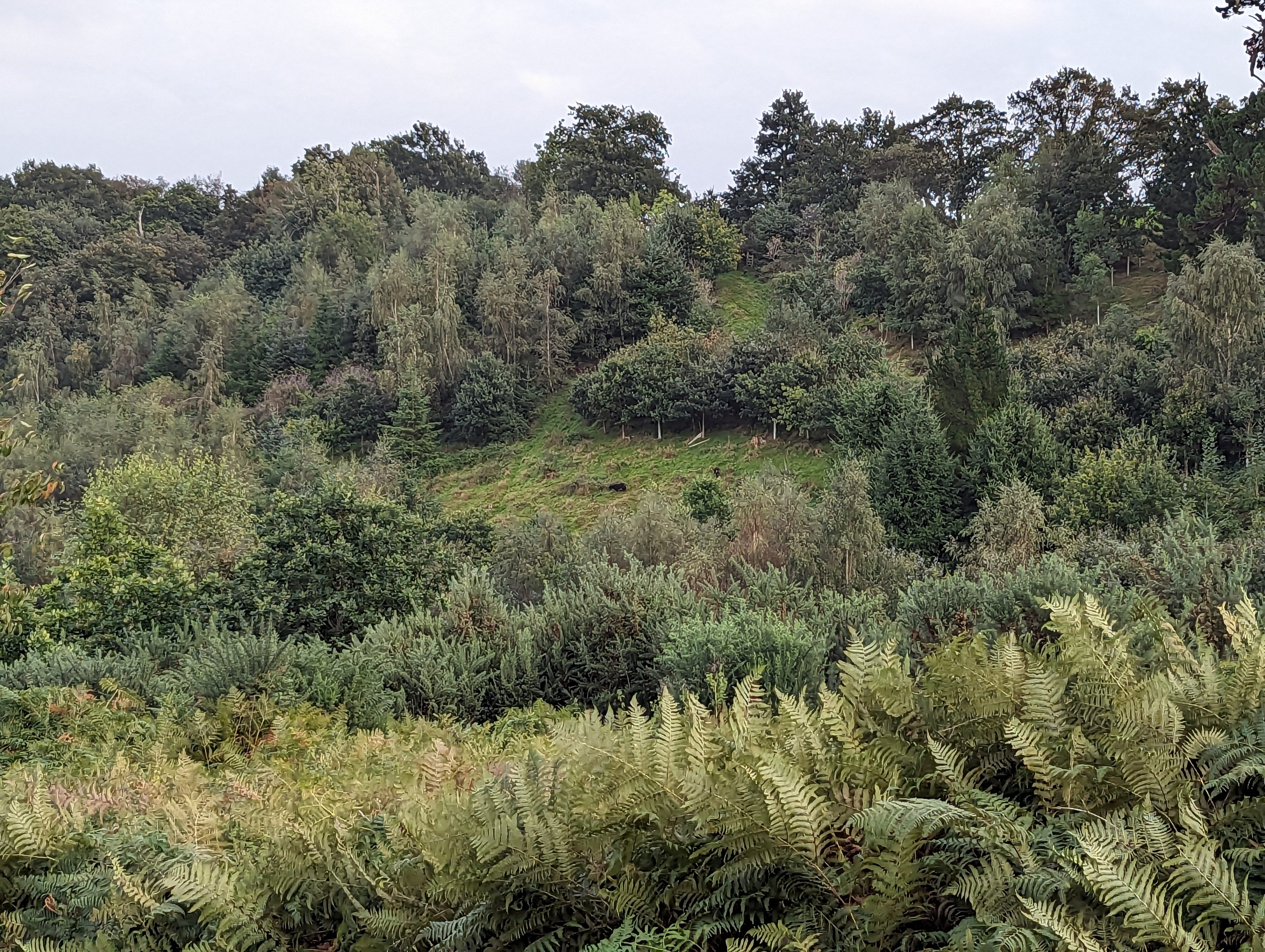10 Years Into One of the UK's Most Exciting Rewilding Projects - Revealing The Hidden Secrets of Dawlish Park
Dawlish Park is one of LettsSafari's flagship rewilding safari parks. Nearly 10 years since the first day I entered it to work, let's understand the changes that have flourished.
The beating heart of LettsSafari’s rewilding work has been, is and will be the considerable, multi-year project we have undertaken at Dawlish Park. My first major rewilding project, starting just under 10 years ago today, it has been a central part of my education as a rewilder and a formative place for developing LettsSafari’s understanding of smaller-…
Keep reading with a 7-day free trial
Subscribe to LettsSafari+ to keep reading this post and get 7 days of free access to the full post archives.



